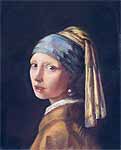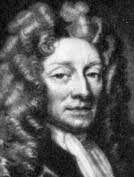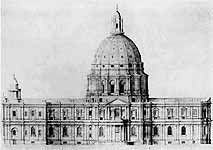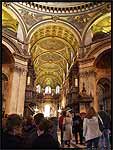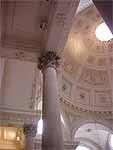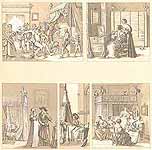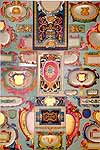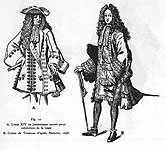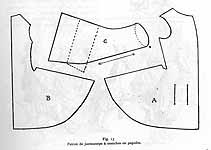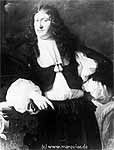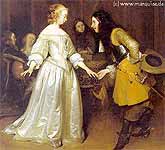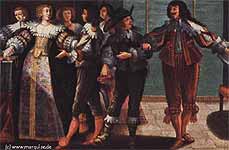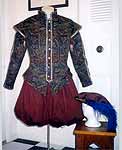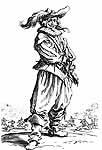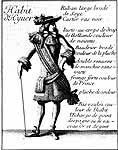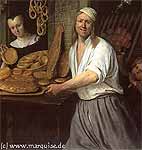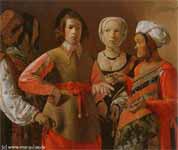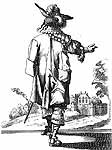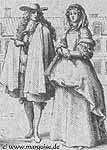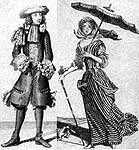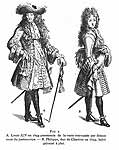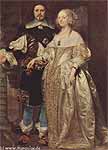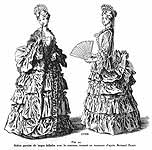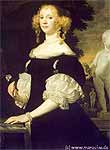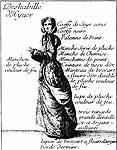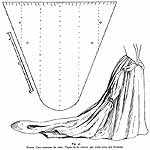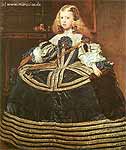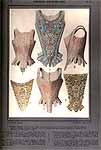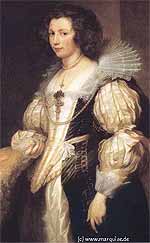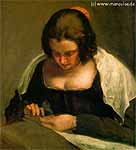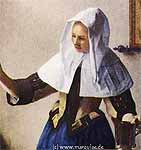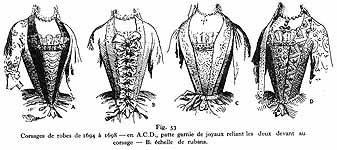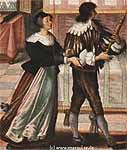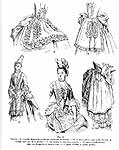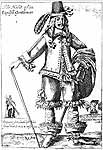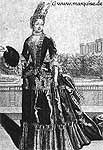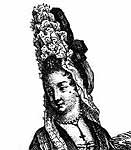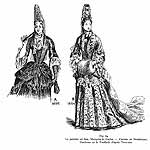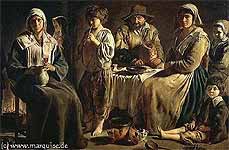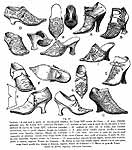F. Literature and Art
- Baroque Style... was curvilinear and massive. You will see curvilinear in the clothing of the people.
- Artists: Rubens, Hals, Rembrandt, Vermeer, Van Dyck, Poussin and Valasquez
- Literature: Cervantes, Milton, Moliere
- Music: Bach, Handel’s early beginnings
- Architecture - Christopher Wren
DELIGHT IN DISORDER.
by Robert Herrick
A SWEET disorder in the dress
Kindles in clothes a wantonness :
A lawn about the shoulders thrown
Into a fine distraction :
An erring lace which here and there
Enthrals the crimson stomacher :
A cuff neglectful, and thereby
Ribbons to flow confusedly :
A winning wave (deserving note)
In the tempestuous petticoat :
A careless shoe-string, in whose tie
I see a wild civility :
Do more bewitch me than when art
Is too precise in every part.

Agnolo Bronzino. Lucrezia Panciatichi. c. 1540.
JULIA'S PETTICOAT.
by Robert Herrick
THY azure robe I did behold
As airy as the leaves of gold,
Which, erring here, and wandring there,
Pleas'd with transgression ev'rywhere :
Sometimes 'twould pant, and sigh, and heave,
As if to stir it scarce had leave :
But, having got it, thereupon
'Twould make a brave expansion.
And pounc'd with stars it showed to me
Like a celestial canopy.
Sometimes 'twould blaze, and then abate,
Like to a flame grown moderate :
Sometimes away 'twould wildly fling,
Then to thy thighs so closely cling
That some conceit did melt me down
As lovers fall into a swoon :
And all confus'd, I there did lie
Drown'd in delights, but could not die.
That leading cloud I follow'd still,
Hoping t' have seen of it my fill ;
But ah ! I could not : should it move
To life eternal, I could love.
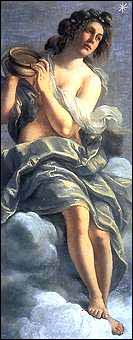
Artemisia Gentileschi.
The Inclination. ca. 1616.
